The Last Supper, as described in the Gospel of John, specifically in John 13:1-32, is a significant event in the life of Jesus Christ. It took place on the eve of Jesus’ crucifixion and is considered one of the most profound and symbolic moments in Christian history. During this event, Jesus shared a final meal with his disciples, which included the act of foot-washing and the institution of the Lord’s Supper or the Eucharist.
The passage begins with Jesus knowing that His hour had come, referring to His impending arrest, trial, and crucifixion. He knew that His earthly ministry was coming to an end, and He wanted to spend this time with His disciples to teach them important lessons and prepare them for the events to come.
Jesus, demonstrating His humility and servant-hearted nature, took on the role of a servant and began washing the feet of His disciples. This act was significant because it was typically performed by the lowest-ranking servant in a household. By washing the disciples’ feet, Jesus displayed His love, humility, and willingness to serve others, setting an example for His followers to follow.
One of the disciples, Peter, initially objected to Jesus washing his feet, but Jesus explained that unless Peter allowed Him to wash his feet, he would have no part with Him. This statement highlights the importance of humility and submission in the Christian life.
After completing the foot-washing, Jesus sat down with His disciples to share a meal, which is commonly referred to as the Last Supper. During the course of the meal, Jesus made several significant statements. He revealed that one of His disciples would betray Him, which caused distress among the disciples, who started questioning who it might be.
Jesus then identified Judas Iscariot as the one who would betray Him. This revelation shocked the disciples, as Judas was one of the twelve apostles. Jesus even dipped a piece of bread and handed it to Judas, symbolizing the betrayal. After receiving the bread, Judas left the gathering to fulfill his treacherous act.
Following Judas’ departure, Jesus spoke to His remaining disciples, emphasizing the importance of love and service among His followers. He taught them that they should love one another just as He had loved them. Jesus also predicted Peter’s denial, stating that before the rooster crowed, Peter would deny Him three times.
The Last Supper also includes the institution of the Lord’s Supper or the Eucharist. During the meal, Jesus took bread, gave thanks, and broke it, giving it to His disciples, saying, “Take, eat; this is my body.” He then took a cup of wine, gave thanks, and gave it to them, saying, “Drink from it, all of you; for this is my blood of the covenant, which is poured out for many for the forgiveness of sins.” This act of sharing the bread and wine symbolized the forthcoming sacrifice of Jesus’ body and blood on the cross, which would bring salvation and forgiveness of sins to all who believe in Him.
In summary, the Last Supper, as described in John 13:1-32, is a significant event in the life of Jesus Christ. It encompasses the act of foot-washing, the revelation of Judas’ betrayal, the teaching of love and service, and the institution of the Lord’s Supper or the Eucharist. This event holds deep spiritual and symbolic meaning for Christians, representing Jesus’ selfless love, His sacrifice on the cross, and the call for believers to love and serve one another.
It is the purpose of this series is to have the observer experience and find hope and meaning in the profound and captivating depiction of the Passion, Burial and Resurrection of Christ. This collection honors the life of Jesus Christ and is a testament to His faith, His sacrifice, and the enduring power of His love. Don’t miss the opportunity to bring one of these paintings into your home or church as an original work of art or as a print and be moved by its timeless message.

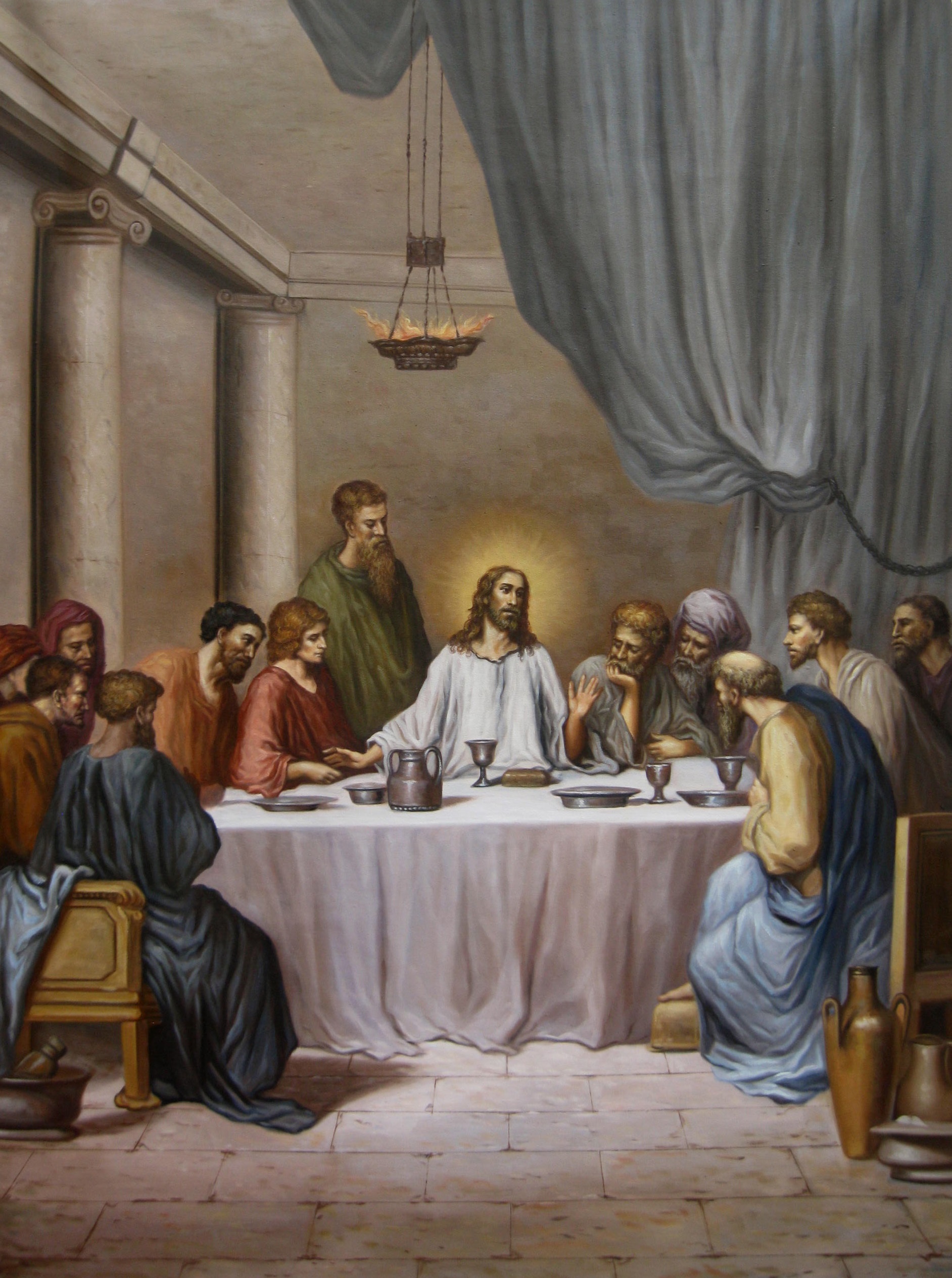
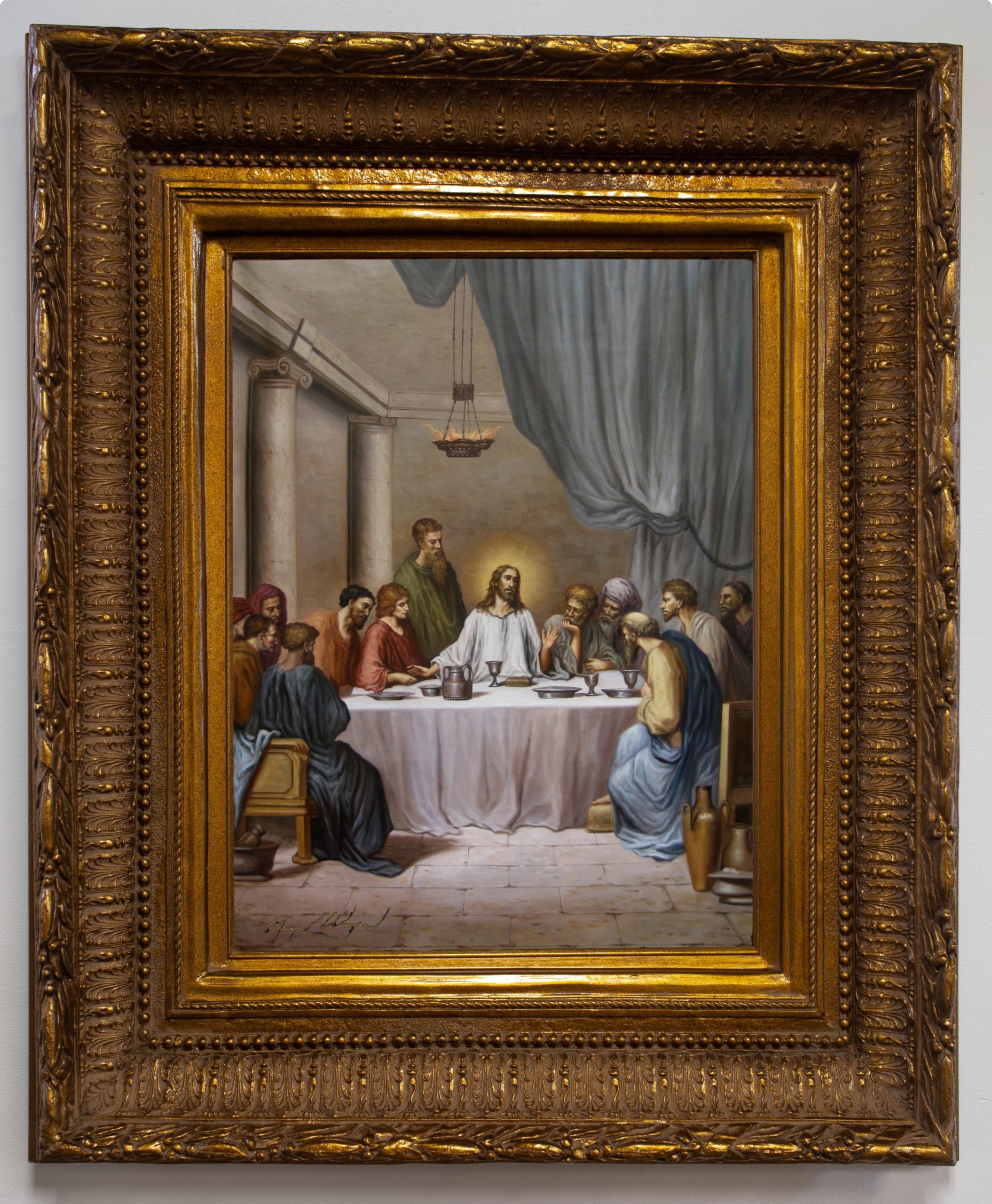


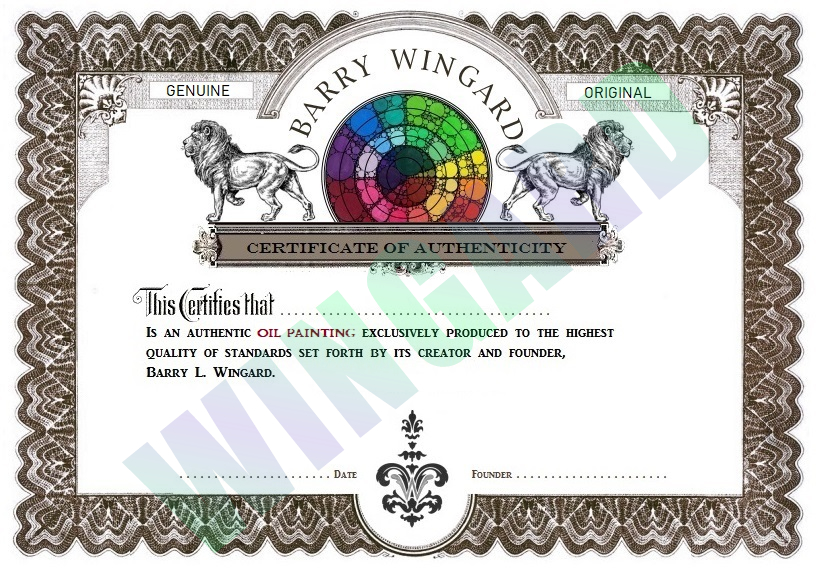
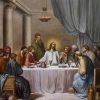
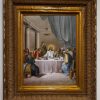



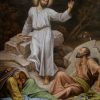
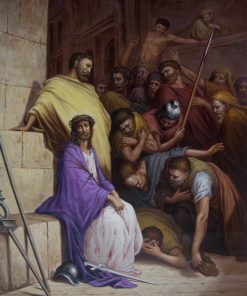
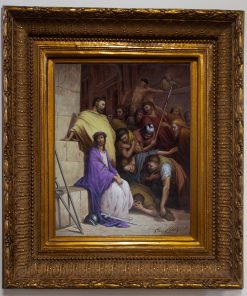
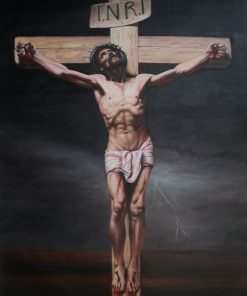

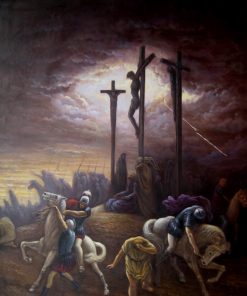
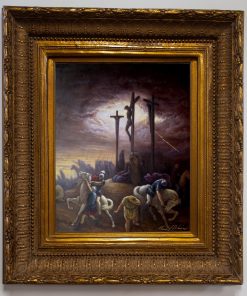

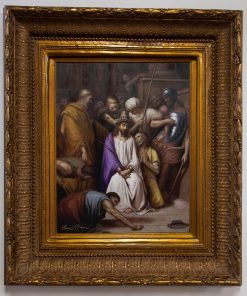
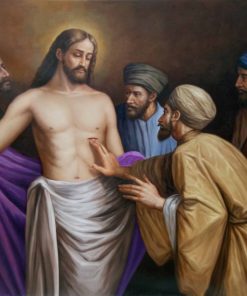
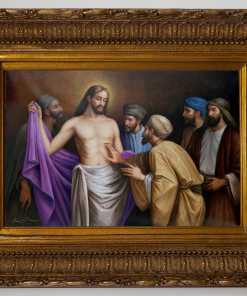
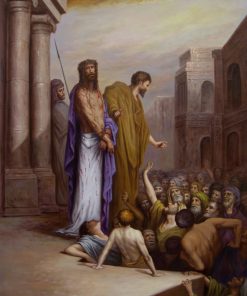
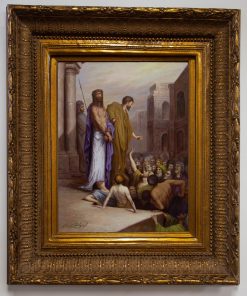


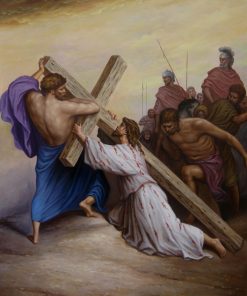
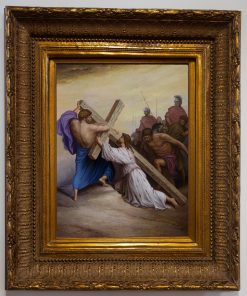








Reviews
There are no reviews yet.